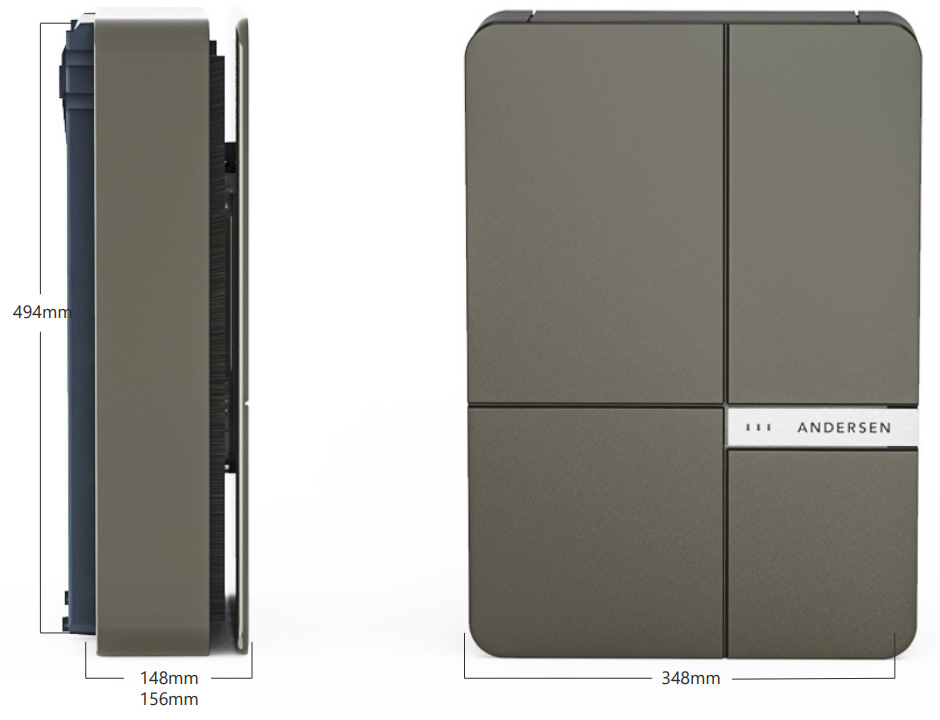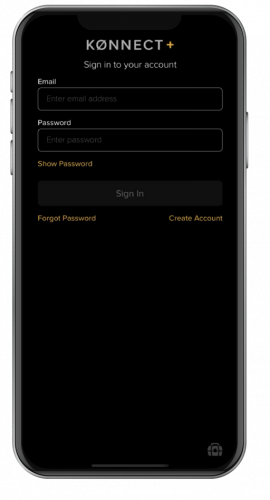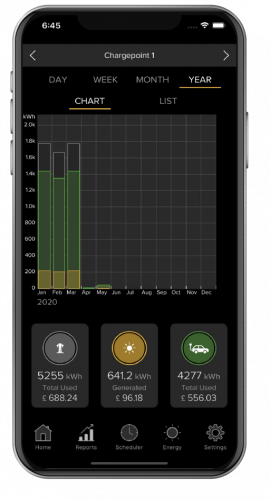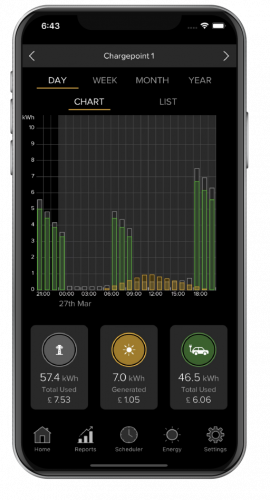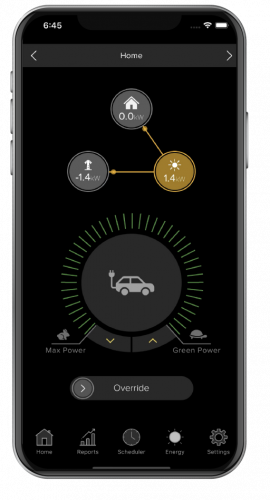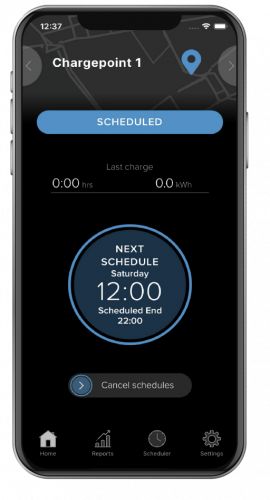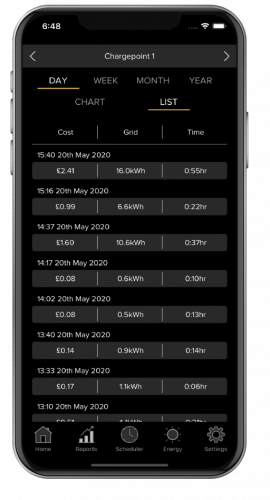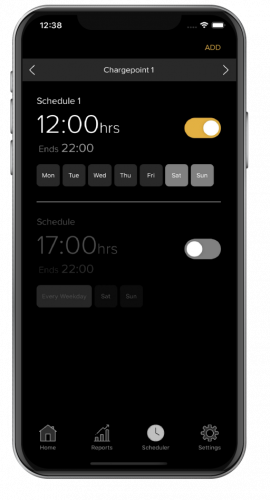
ANDERSEN A2
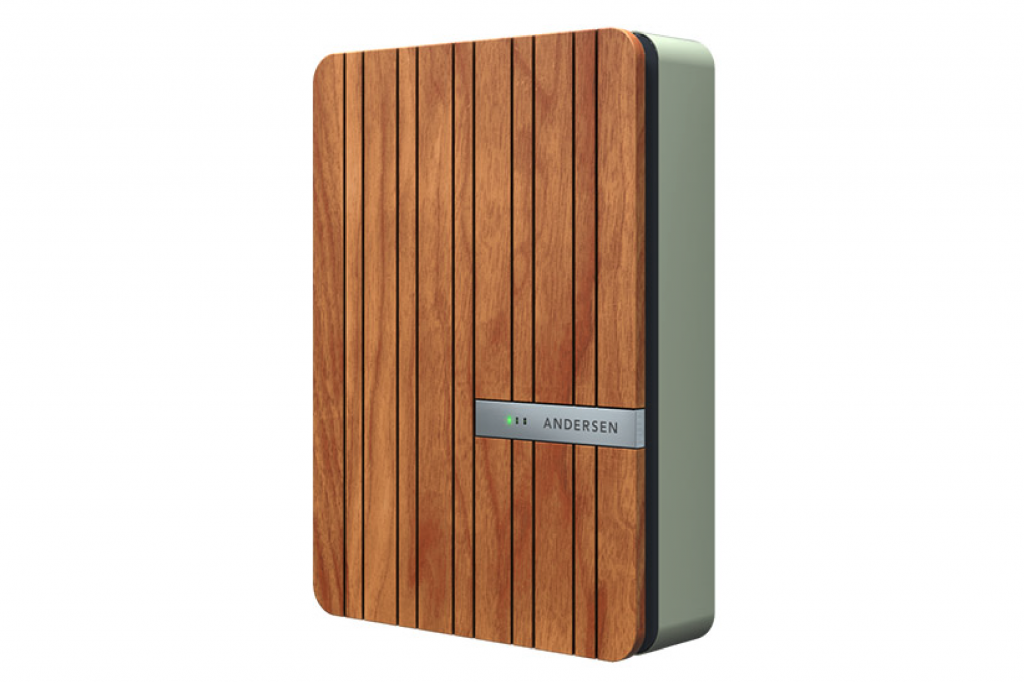
Style & Substance
.-
Power output - 7kW
-
Type - Tethered (Only)
-
Charge scheduling - Yes
-
Solar compatible - No
-
Load balancing - Yes
-
Usage reporting - Yes
-
PEN Fault detection - Yes
-
Warranty - 3 Years
Andersen a2 review
The Andersen A2 is a tethered charger with a difference – it completely hides the charging cable thanks to a storage compartment built into the case.
Because it hides the charging cable and has rear entry for the cable to the RCD, it’s the sleekest home charger you can buy by some distance.
It’s available with an aluminium or wooden fascia, and you can specify a body colour for the backplate/sides. There are over ten different colour combinations, including Accoya wood for the fascia in our favourite finish, Cotswold Oak.
Features
he Andersen A2 has the best build quality of any EV charger we’ve tested, with an aluminium enclosure, aluminium or wooden fascia and a polycarbonate internal casing to protect the circuitry and wiring.
The solid construction and premium materials give it an edge compared to plastic chargers – it’s a beautiful piece of kit befitting the finest homes.
You get a 5.5m charging cable as standard, with an 8.5m cable available optionally (22kW versions have a 6.5m cable).
The cable wraps around the charger fascia through guide slots and winds inside, creating a seamless charger without any visible cables when not in use.
- Dimensions (mm): 494 x 348 x 148 mm
- Charging power: 3–7kW (6A - 32A), 22kW (three-phase)
- Earthing: Built-in
- Connectivity: Wi-Fi, Bluetooth
- Control: App
- Cable length: 5.5m, 8.5m (optional). 6.5m three-phase
- Socket type: Tethered.
- Unique features: Cable storage, Accoya wood fascia, great built quality.
The Andersen A2 supports charging speeds up to 7kW with single-phase (28 miles of range per hour) and 22kW with three-phase (90 miles of range per hour). The three-phase model has different circuitry from the single-phase model.
The Andersen A2 uses Wi-Fi to connect to your internet router, requiring a stable Wi-Fi network for scheduling to work correctly.
The A2 can charge using surplus energy from microgeneration if you have solar panels or a small wind turbine.
There’s a CT sensor in the case for the CT clamp, which is fitted to the PV inverter supply to monitor the total load. A shielded signal cable connects the CT clamp to the charger.
The solar feature works brilliantly, letting you see exactly how much energy you use from solar panels in the Konnect+ app. Eco mode in the app minimises grid input and lets you choose when to use solar energy.
The A2 fascia has a guide around the rear perimeter that you wrap the cable around to run it into the case. You then insert the charger head into the top of the case via a weatherproof flap and close it until you need it again.
It sounds simple, but this is an awe-inspiring feat of engineering – the case is only 148mm thick, yet it happily stows a cable and houses all the electronics. It’s a significantly sleeker way to store the cable than externally.
The cable can be wound clockwise or anticlockwise. The trick behind it is an ultra-flexible cable (Evoflek) that coils into a tight circle.
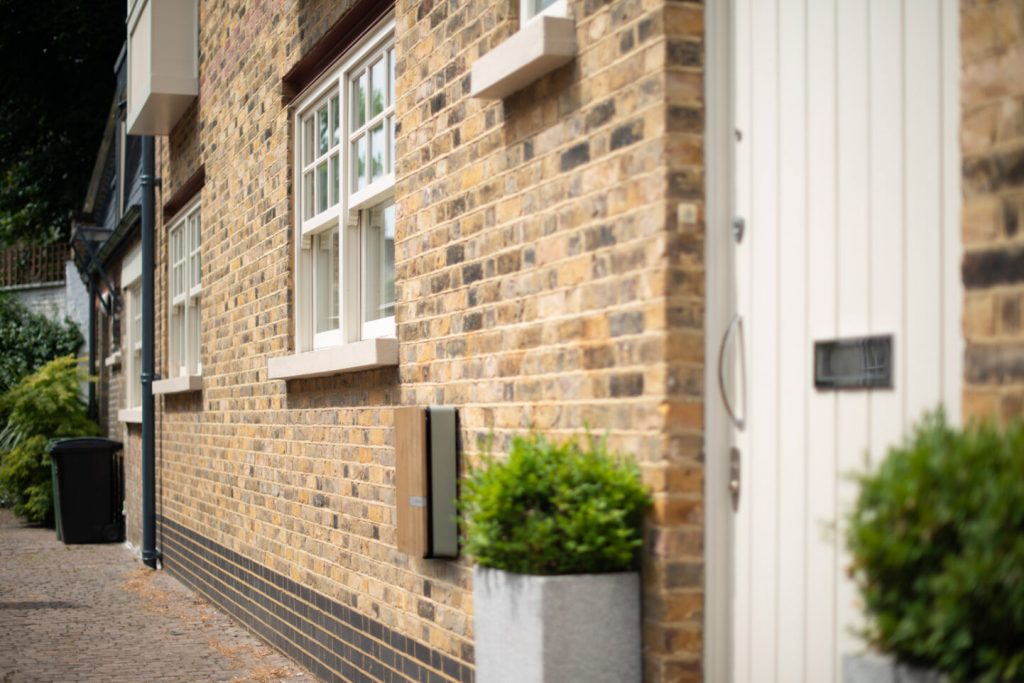
The Konnect + app interface is clean and intuitive and works well.
‘Home’ provides an update on the charger status (e.g., charging, scheduled) and shows you the duration and charge level of your last session.
‘Scheduler’ takes you to your schedule page, where you can set the A2 to enable charging between certain times. You can set as many charger schedules as you like and turn them on and off by tapping a toggle switch.
‘Reports’ is a screen you’ll spend lots of time on; it shows you a chart graph of your charging sessions and totes up the kWh used and generated if you have solar.
The front of the Easee One houses an LED status light bar that offers a simple at-a-glance view of the charger's status. It takes some getting used to because there are twelve possible light modes, but you will mostly see four:
- Solid white, a third full -- standby mode
- Solid white full -- car connected
- Pulsating white -- charging
- Blue pulsating -- smart charging in progress
